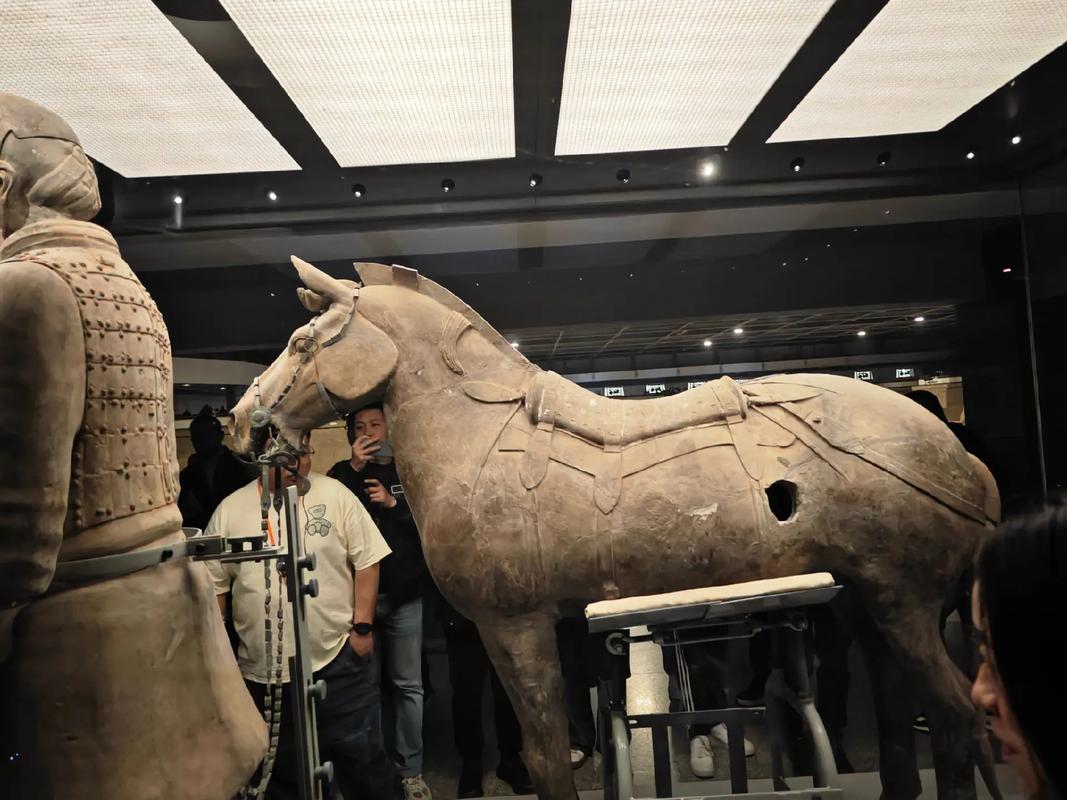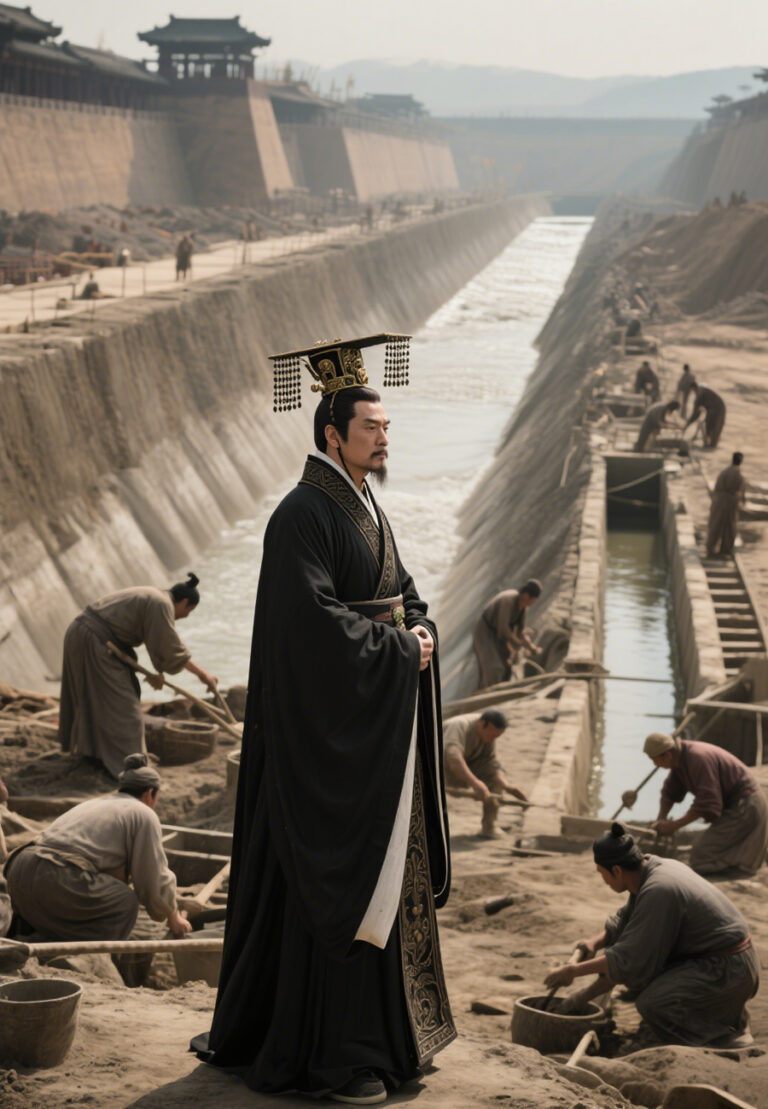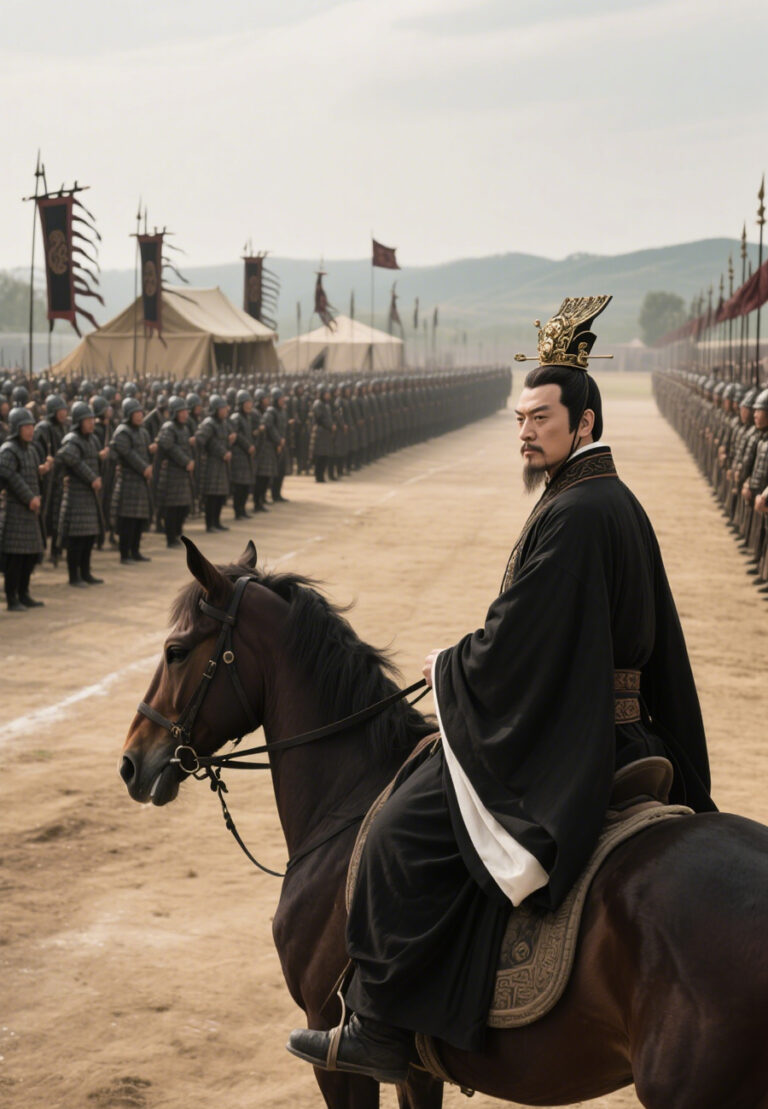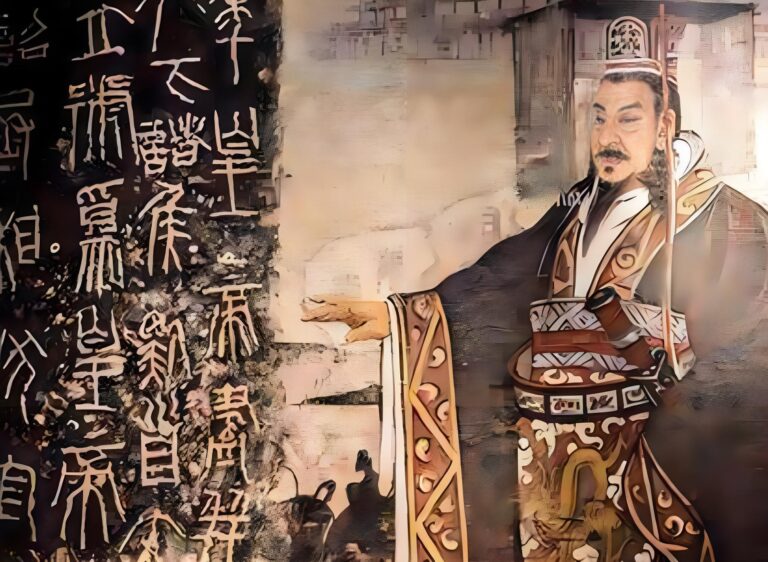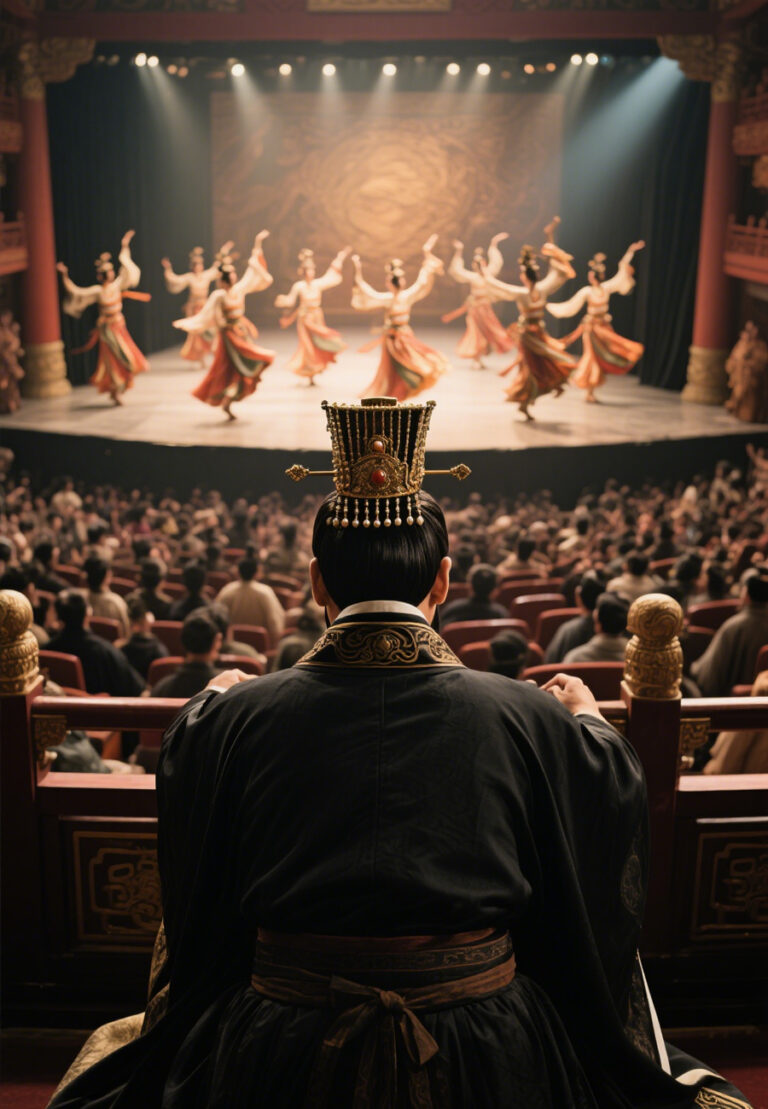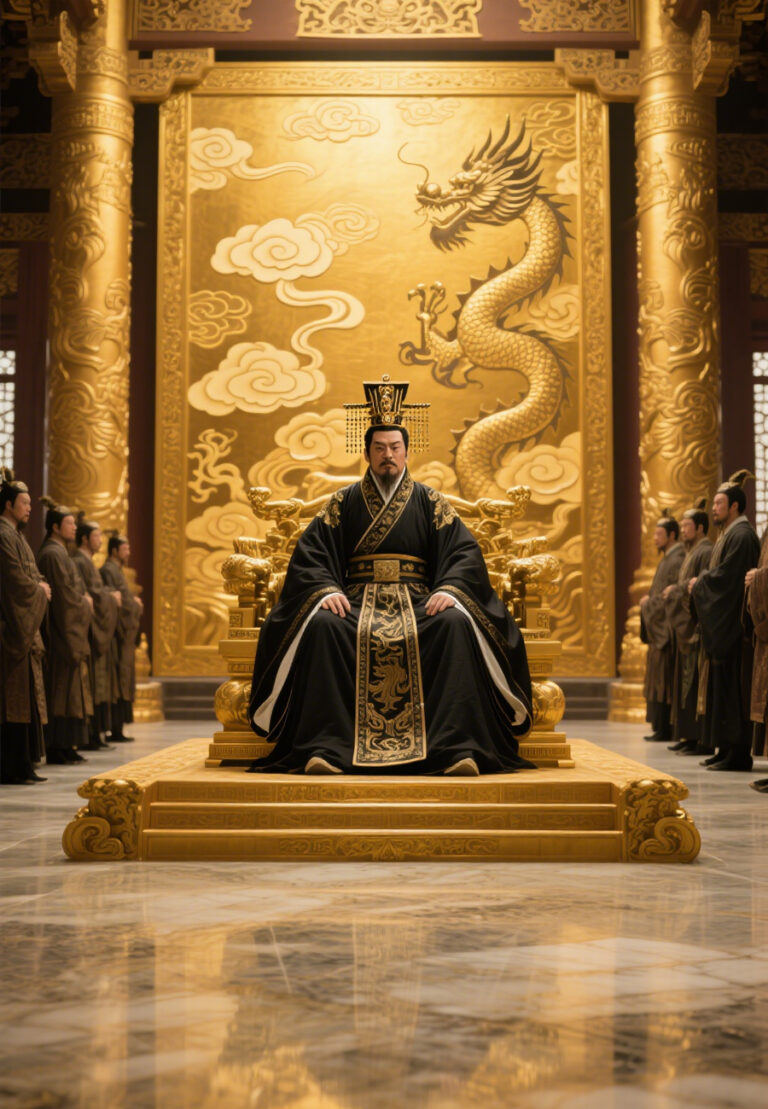How many wives did Qin Shi Huang have?
How Many Wives Did China’s First Emperor Have? The Mystery of Qin Shi Huang’s Women
When you stand before the awe-inspiring Terracotta Army in Xi’an, have you ever wondered: How many wives did Qin Shi Huang—China’s first emperor—actually have?
History keeps this secret tightly locked away. Unlike later emperors whose lives were well documented, no historical records list the names or number of Qin Shi Huang’s wives or concubines. Not even China’s greatest ancient historian, Sima Qian, wrote about them. This silence makes the private life of China’s founding emperor one of history’s unsolved mysteries.
But while we lack exact numbers, we can understand why and how emperors like him had many partners. For ancient rulers, marriage was politics—not love.
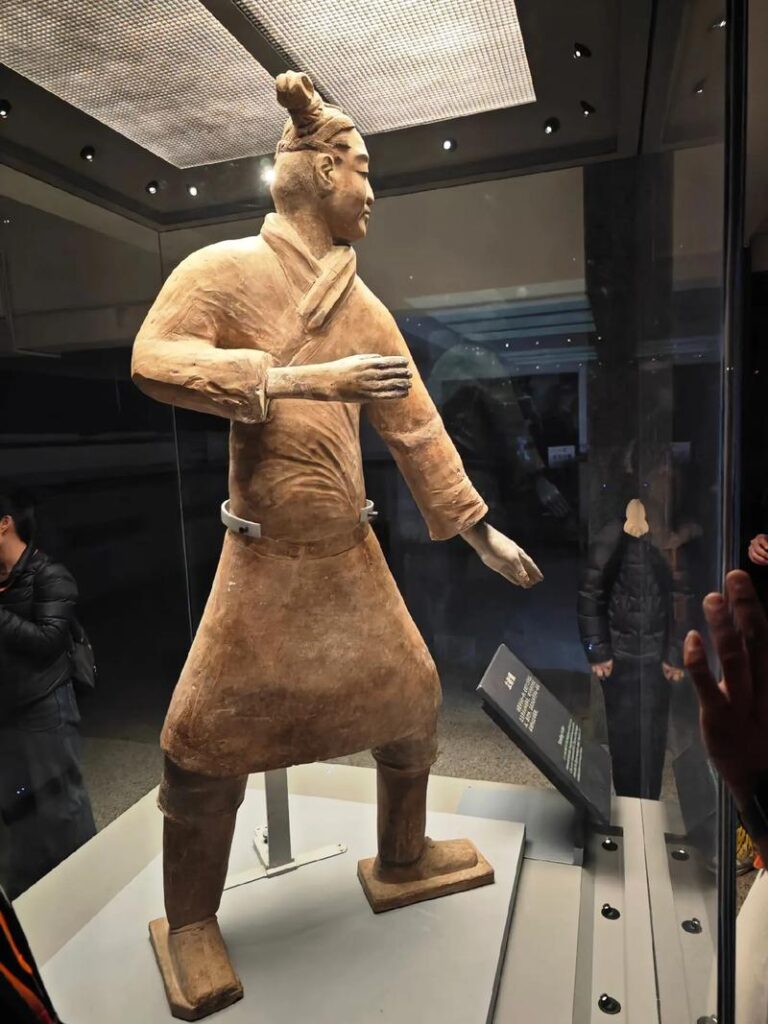
Royal Marriages = Power Alliances
Before Qin Shi Huang, kings of China’s Zhou Dynasty (1046–256 BCE) already kept multiple wives. This wasn’t about romance—it was strategy. Each marriage tied powerful families or rival states to the throne.
When Qin Shi Huang became king of Qin at age 13, real power lay with his regent, Lü Buwei, and his mother’s lover, Lao Ai. His early marriages were likely arranged to strengthen alliances in this dangerous game of thrones.
The Silent Expansion of His “Family”
As Qin armies conquered China’s six rival states (230–221 BCE), the royal family grew in a way few modern people can imagine. When a kingdom fell, noblewomen from defeated courts were brought to Qin’s capital as “tributes.”
Historian Sima Qian wrote:
“The Qin palace filled with beautiful women and musical instruments taken from conquered kingdoms.”
The poet Du Mu (803–852 CE) later dramatized it:
“Princesses and consorts, torn from their palaces, were brought to Qin… Some lived there 36 years without ever seeing the emperor.”
While poetic, archaeology proves the scale. In 2012, ruins of Qin’s Epang Palace revealed a foundation stretching 1,300 yards long and 440 yards wide—bigger than 90 football fields! Such a palace could easily house hundreds, if not thousands, of women.
“Three Thousand Beauties”?
Later poets described emperors having “three thousand beauties” in their courts. While not literal, Qin Shi Huang’s palace certainly held many women organized by rank—empress, consorts, concubines, and more.
A chilling clue appears after his death. His successor, Emperor Qin Er Shi, ordered:
“All childless women of the late emperor’s court must not leave the palace [but join the emperor in burial].”
This suggests a large number of women lived in the palace—enough that only those with sons were spared.
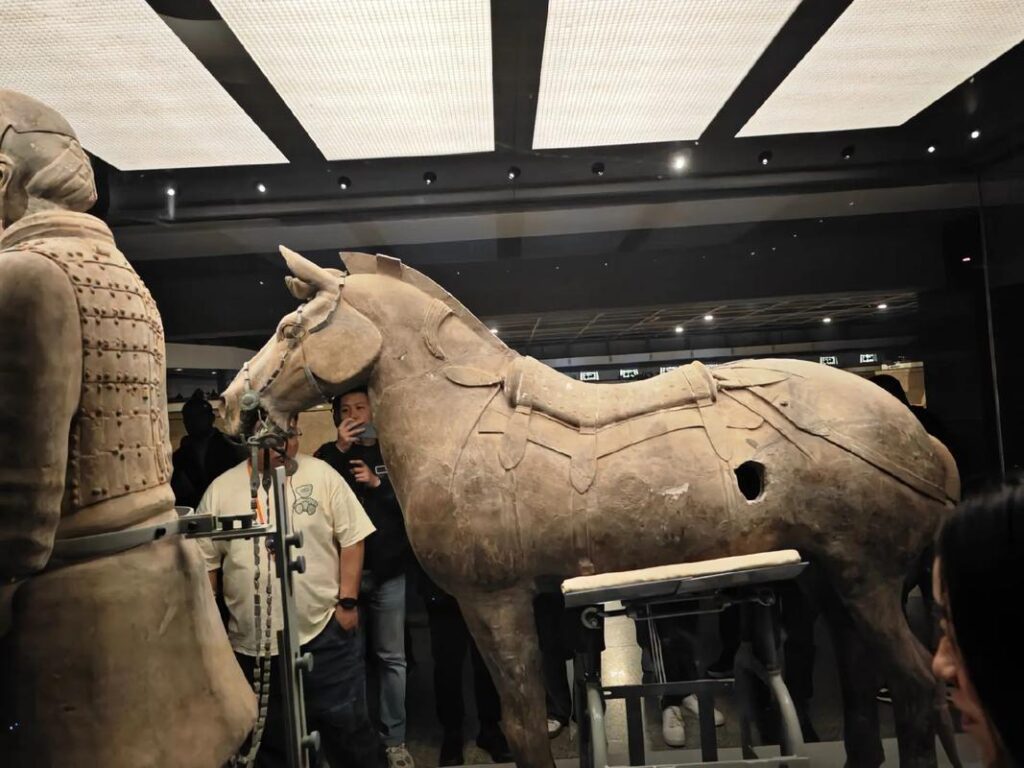
Why No Empress?
Qin Shi Huang declared himself China’s first “emperor” (皇帝 huángdì), a title he invented to surpass all past kings. He refused to name an empress—likely because:
- He hated sharing power (he once banished his own mother for political meddling).
- An empress could create rival power centers through her family.
To him, an empress threatened his absolute control.
What We Truly Learn From the Silence
Does the exact number matter? What’s meaningful is this:
History isn’t just about emperors and warriors.
Behind Qin Shi Huang’s terracotta warriors stand countless invisible women—princesses taken from fallen kingdoms, concubines who never met him, mothers whose sons were killed in royal power struggles.
So when you look into the terracotta soldiers’ eyes, remember:
They guarded not just an emperor, but also the untold stories of women lost to history—women who lived, loved, and suffered in the shadow of China’s first empire.

